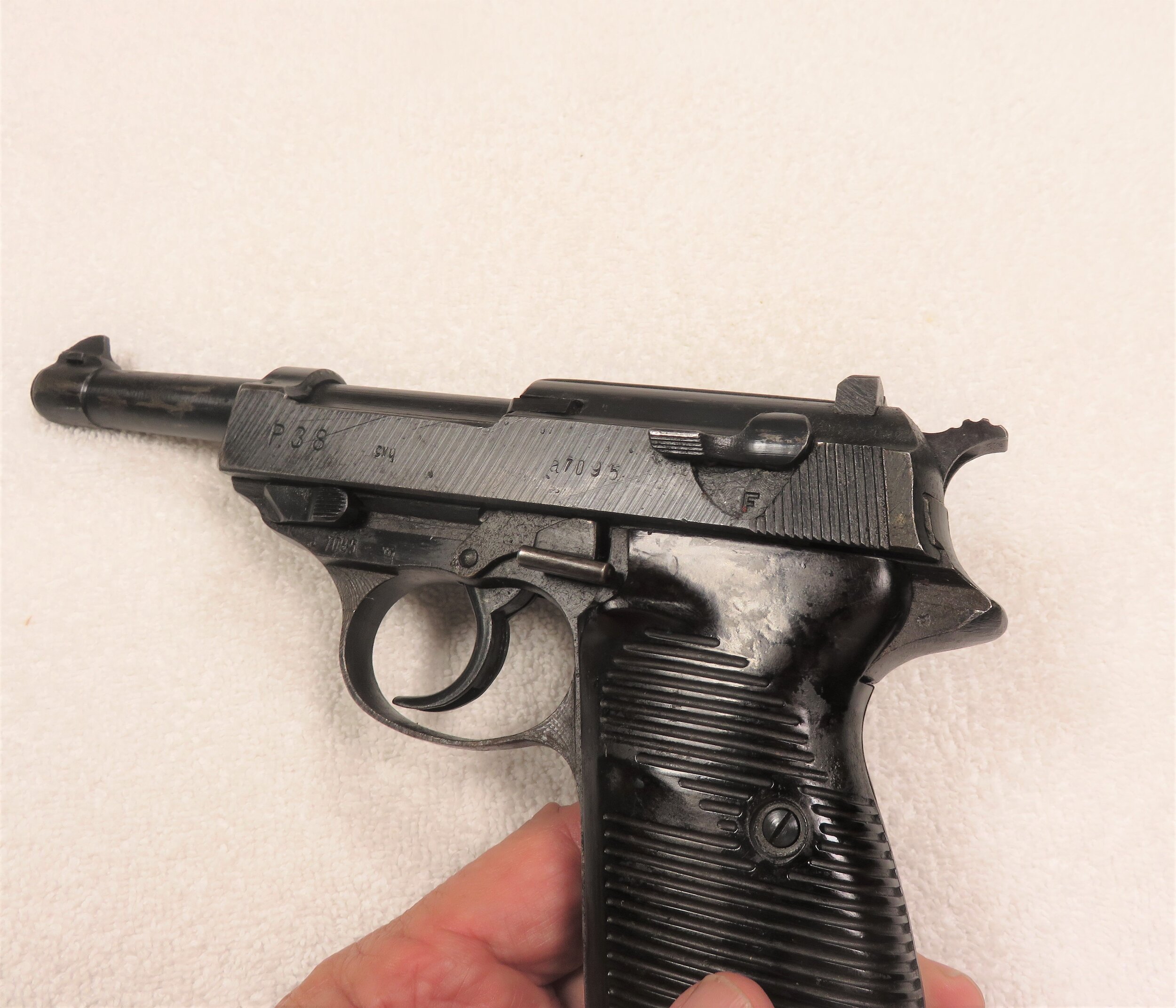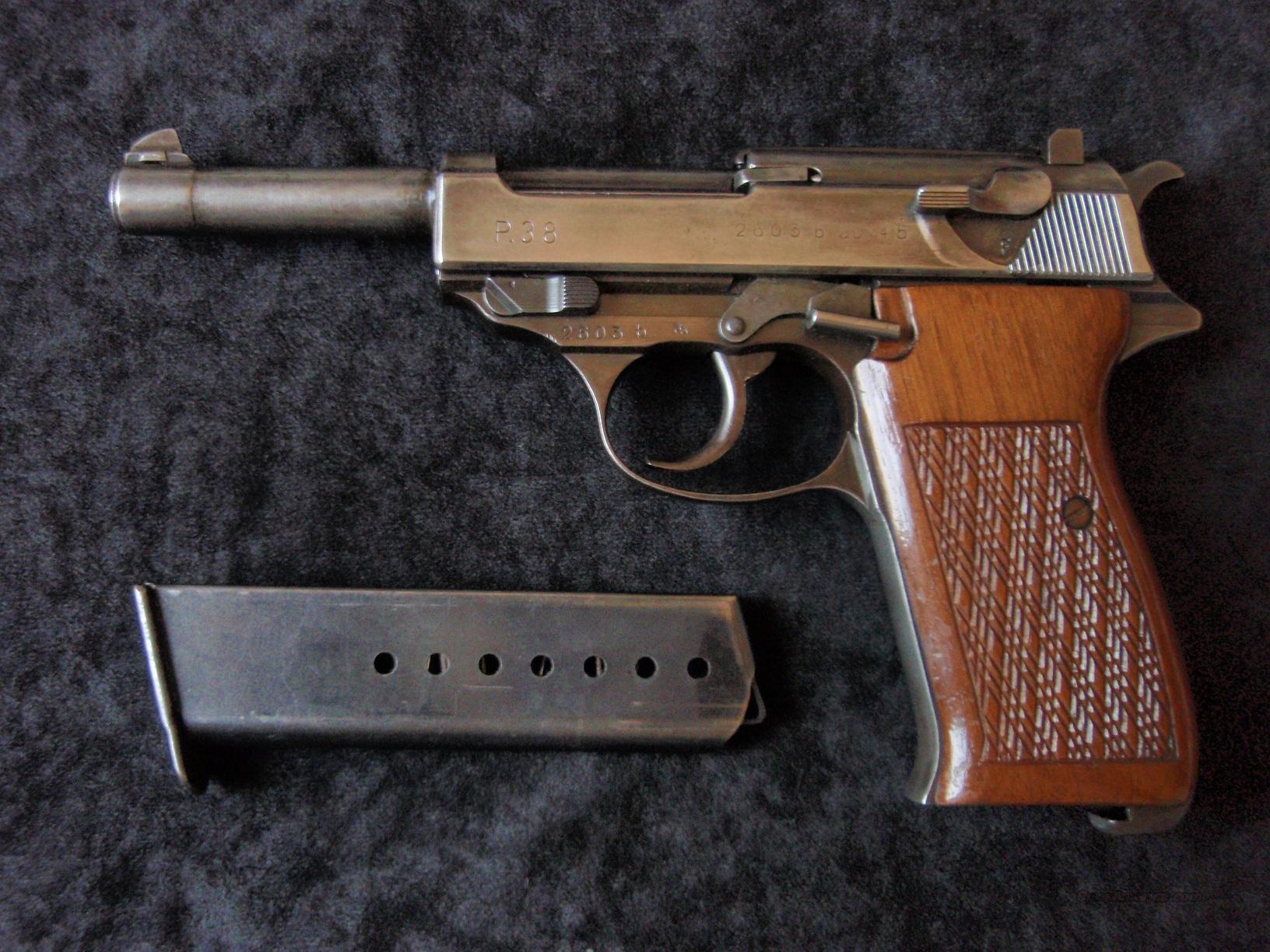


So right at the end of the war, April 4th they rolled in. It was the 90th Infantry Division and the 11th Armored Division that rolled up to the Zella-Mehlis Town and Factory on April 4th of 1945. It was actually many buildings, it was a sprawling complex which became more and more busy during the war years and certainly toward the end of the war. You can see a picture here of the Walther Factory. It's an article online and this is…it's like, I don't know how many pages, but it's a lot of research that he put together about the Walther Factory. I'm going to go over some of that with you. So he gathered a lot of this research and actually got some of the vets to tell stories and write letters. And that really came out of the fact that his uncle was in the 90th Infantry Division and was one of the people who occupied the factory at the end of the war. If you look at the P38 Forum, he's a moderator on there and he did a lot of research on what happened to the Walther Factory at the end. It's a great story and actually I want to thank Ron Clarin, who is a moderator for the P38 Forum on the internet. The story is, what happened to the Walther Factory at the end of the war. I'm going to tell you a story and then show you some guns, mostly Walther PPs and PPKs. I usually like to show you a gun and then tell you a story. This one is part of our educational series on Walther PPs and PPKs. This is how the pistol was found in the East German Stasi arsenal.WALTHER FACTORY AT THE END OF WW2 (1945) DIGGING into WALTHER PPs, PPKs, P.38s, PRE-1946 WALTHER PISTOLS The magazine is a postwar Walther magazine. The screw of the grip is gone and the grips are glued to the frame. The wartime serial number has been added in East-German style to the right side of the slide. The scorpion suppressors were mounted to the PPK by using an adapter made of the end of a scorpion barrel (one part of the barrel was used to clamp the suppressor, and the other end was threaded internally so that they could be screwed onto the PPk). These suppressors were clamped on the barrel of the Scorpion.

This modification comprised the replacement of the original barrel with a longer Walther PP barrel which was threaded to accept Scorpion (VZ61) suppressors. The pistol was modified to accept a suppressor. The Stasi did not use the pistol in its original form. It is a standard commercial pre-war Walther PPK that continued his carrier after the war in service of the East German Staatssicherheit (Stasi). This Walther PPK has an interesting history. Walther PPK used by the East German Staatssicherheit (Stasi)


 0 kommentar(er)
0 kommentar(er)
